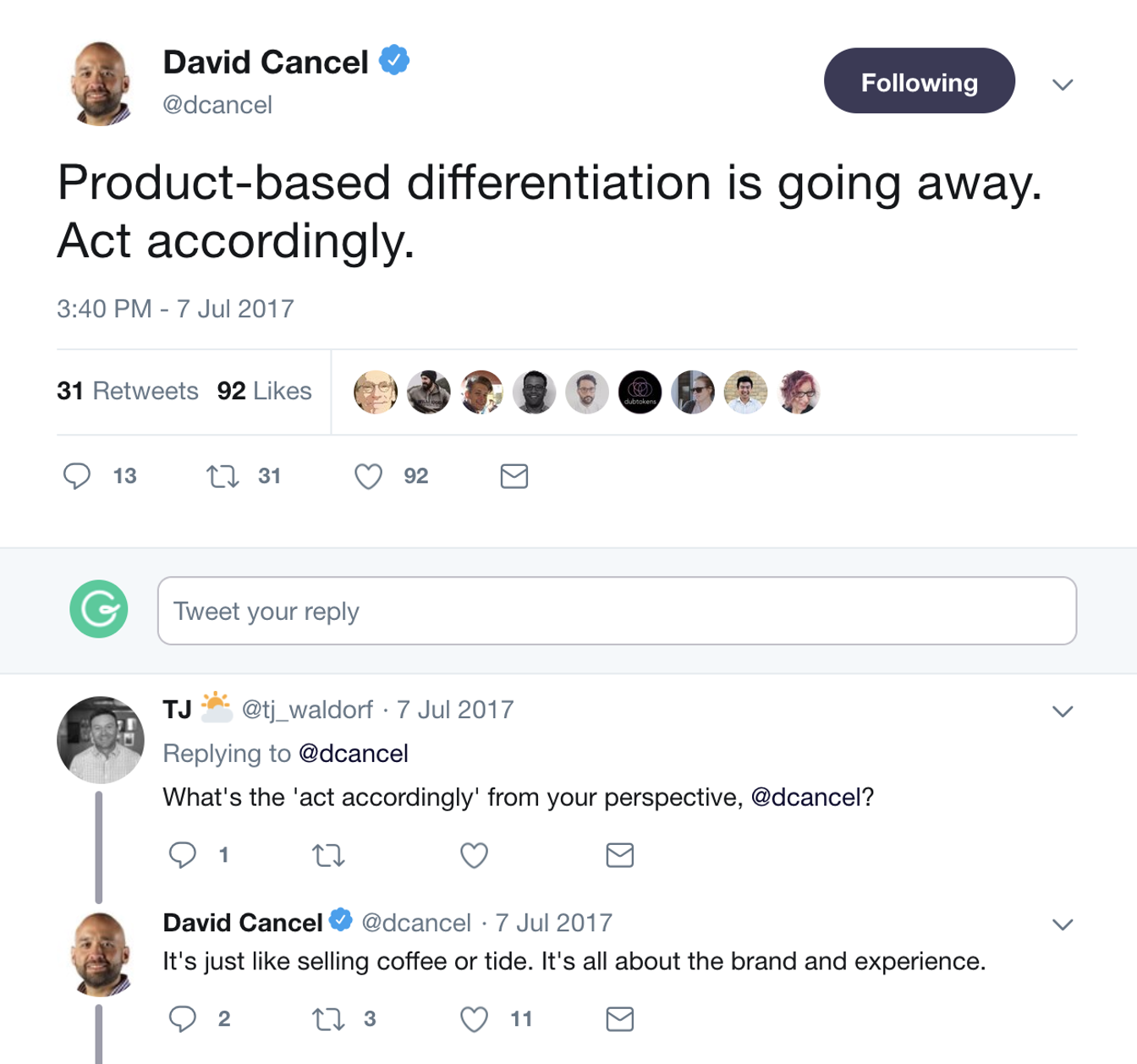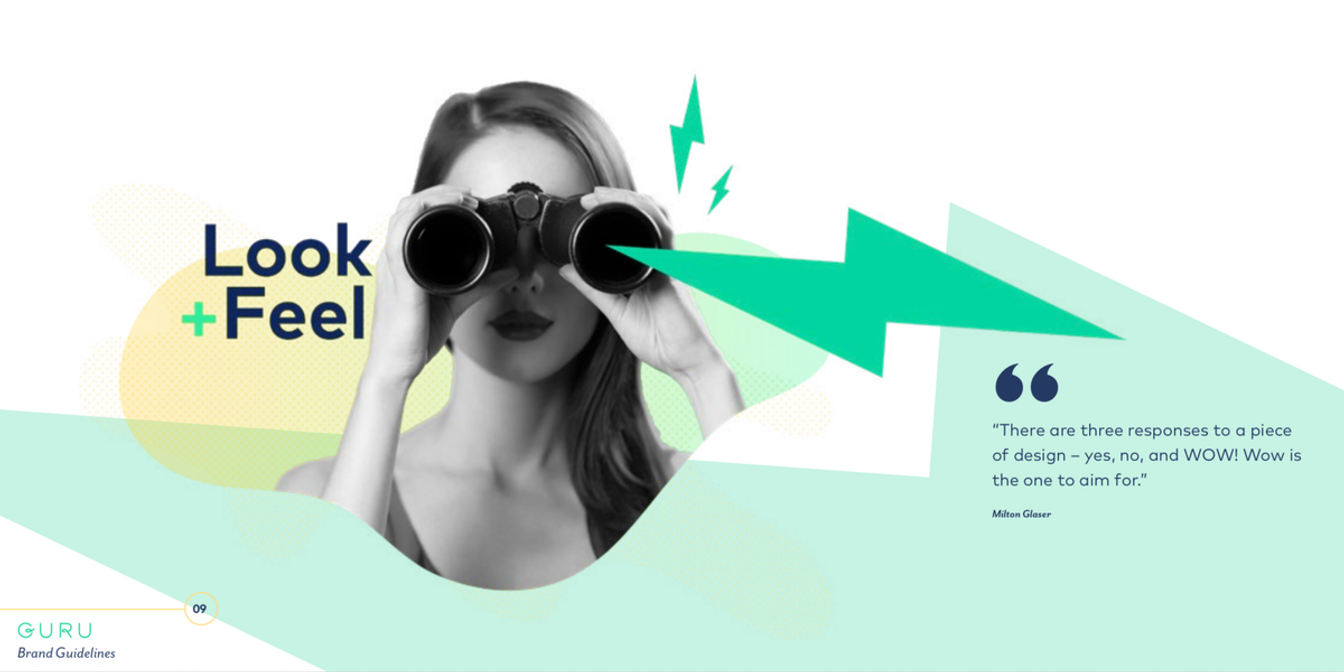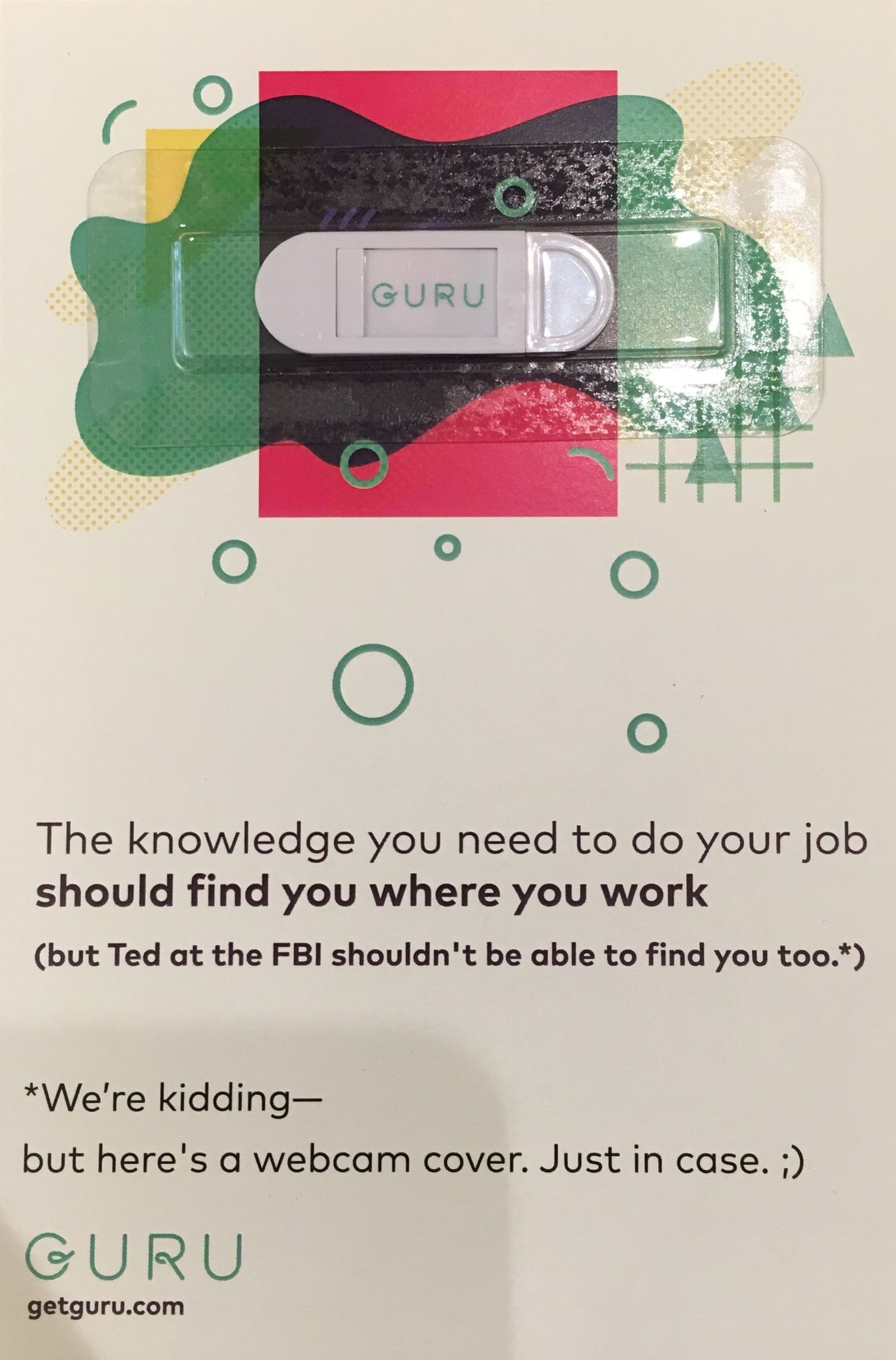Why Branding Should Be Every Executive's Top Priority
在一個競爭激烈的世界裡,特徵平衡比以往任何時候都更容易實現,過度依賴您的產品來使公司脫穎而出將讓您落在後頭。 隨著顧客的感知和品牌忠誠推動購買——77%的美國成年人重複購買同一品牌的產品——品牌已成為一個成功產品的強指標,甚於特色區分。 雖然最佳產品最終仍會獲勝,但抵禦特徵平衡和市場感知可能會很困難。 這就是品牌是您最佳賭注的原因。
功能是桌面賭注
讓我們明確:行業領先的功能在滿足和保留客戶方面至關重要。 如果您的品牌沒有足夠的理由支持它,那麼您無法期望贏得比獨特品牌更高的價值。 最先進的功能是理所當然的;如果您的功能不具競爭力,那就是完全不同的故事。 但是,即使是最好的功能也不足以主導市場份額。 如今,SaaS產品比以往任何時候都更容易構建,與行業領導者保持同步的障礙降低了。 即使您的產品確實、可量化地與競爭對手不同和更好,您也需要一個甚至更好的品牌來證明這一點。



Drift CEO David Cancel 曾詳細探討為什麼SaaS公司不能僅靠功能獲勝。 對於他的品牌第一哲學的一篇文章在Codementor博客中簡明扼要地總結了其要點:
“由於今天的SaaS產品如此容易建立和部署,如果市場有嚴重需求,它將迅速充斥著擁有類似功能的產品。 所以要獲勝,您需要在品牌上獲勝。 市場的領導者將是顧客更喜愛和信任的品牌,因為所有的選擇都擁有相似的特徵。” 來自Codementor
即使是您最酷的功能,您最具創新性的想法,如果沒有堅強的品牌講述正確的故事,也只會讓您走得更遠。 任何公司,包括您所有競爭對手,都可以建立類似的功能。 不再是相信最優質的產品會獲勝的問題,儘管它應該如此。 當多個解決方案提供相同的功能,消費者將無法確定哪個真正是最好的。 他們會選擇最能吸引他們的選擇——品牌。
簡單地說,在當今競爭激烈的市場中,成功取決於您如何講述故事以及如何展現您功能所提供的結果。 這個故事以及講述這個故事的品牌就是人們所購買的;故事背後的功能僅僅是手段。 通過以品牌為首,而不是功能,您可以使您的公司處於描繪更大畫面的階段,並以真正使您獨特的優勢來贏得消費者。 您的功能可能永遠不是您最大的區分點,但您的品牌應該是。 而品牌倡導是一件強大的事情。
品牌忠誠總是獲勝的
一旦獲得,品牌忠誠就很難打破。 消費者是習慣的生物,喜歡與特定產品或品牌認同。 無論是可口可樂對比百事可樂,Dunkin’對比星巴克,還是Trader Joe’s對比全食超市,擁有盲目(有時非理性的)品牌忠誠是一種常見的感受。 越是有人認同某個品牌,就越難讓他們改變這种確信。 人們不會在品牌決策上反复無常,即使其競爭品牌擁有令人驚艷的新功能或優越的品質。
這就是為什麼投資並以品牌為首是如此重要的原因。 在上述例子中,成為蘋果顯然是更好的選擇。 許多iPhone用戶明白,其他智能手機提供更好的介面,但我們會不會換呢? 絕對不會。 僅憑功能——無論多麼令人印象深刻——無法誘惑顧客轉向您的競爭對手。 您更好地贏得初期市場,通過一個品牌和故事來贏取顧客的熱情。
當然,有時它與更好的手機或更好的汽水有關,但更多的時候是與更理想的故事有關。 人們不僅僅是購買產品,他們購買的是更好的自我版本,正如百事可樂在六十年代意識到的,當時高管們調整了他們的營銷策略,以賣出‘不參照其內在產品的品質,而是專注於購買或應該購買它的人們的形象。 消費者根據他們信任的品牌故事進行購買,認為該品牌會使他們變得更酷,更好。
許多品牌做得好,提供了堅實的故事讓消費者購買。 REI,例如,銷售戶外生活的故事,而不是他們防水帳篷的價值。 美國運通銷售的是一種生活方式,而不是信用卡。 品牌,而不是功能。 那麼,如何區分您的品牌呢?
每個品牌都必須掌握的重要領域
當代消費者的期望很高——獲勝的品牌必須符合外觀、言辭和行動。 僅僅擁有吸引眼球的標誌或令人難忘的標語是不夠的。 最具吸引力的品牌擁有風格、個性、價值觀和相應的服務,以符合消費者的高標準。
風格通常是在思考品牌時首先想到的東西。 儘管被警告不要以封面為藉口來評判一本書,但外觀是人們形成意見的主要方式。 每個優秀的廚師都知道,人們首先用眼睛吃食物;不管您的奶酪通心粉有多好吃,如果它看起來不美味,那麼都沒有意義。 如果您的品牌看起來不具吸引力,消費者甚至不會進入您的功能頁面。 風格是合法性和創新的象徵。 而合法性會帶來更高的銷售價格:消費者顯示出傾向於為更酷的品牌支付更多;如果不信,你可以問問Yeti(無意冒犯)。
獲得獨特和視覺吸引的風格是一種可靠的方式,可以使您的品牌脫穎而出。 如果您的產品是流線型和現代的,那麼您的品牌也是。 一旦您確定了清晰的風格,則應發佈品牌指導方針,讓您的團隊能在他們所做的一切中準確地呈現您的品牌。

個性,當做到正確時,能夠真正使品牌與眾不同。 消費者希望公司能夠真誠和可信任;他們希望品牌感覺像人,而不是冷漠和消毒過。 弄清楚對您的公司來說這意味著什麼——它可以是玩味的,放肆的,嚴肅的,您命名它,就把這種情感融入您所做的一切。 如果您希望消費者信任並認同您的品牌,您必須是不同的,並且必須是令人難忘的。 只要確保堅持適合您品牌和受眾的個性。 一個不真誠的品牌個性比沒有個性更糟糕。
如果合適的話,注入一些趣味元素到你的定位中,通常是一個成功的策略。 社交媒體為品牌提供了一個偉大的平臺,可以展示出更具玩趣的一面,讓消費者產生共鳴。 Wendy's最近因不吝於在他們的推特上大放厥詞而聲名大噪。 網路,以及其他品牌,注意到了Wendy's毫不保留的策略,反應是壓倒性的正面。
還有其他社交媒體之外的地方,您的品牌個性也可以閃耀。 您的網站、您的信息、你的商品——任何實體化的品牌——都應展現出貴公司的獨特之處。 您品牌的個性越明亮,消費者越容易與您產生聯繫並自我與您的產品對齊。

公司價值觀在近年來變得越來越重要。 消費者要求能夠反映他們尊重的價值觀的社會意識品牌。 64%的消費者將共享的價值觀歸納為他們與品牌建立關系的主要原因。 這與告訴消費者可以接受的故事有關。 一個動態的、令人羨慕的品牌不僅僅是一個產品,而是一種生活方式。 這種生活方式需要體現的不僅僅是消費主義。
明確定義的核心價值觀對於難以取悅的年輕人尤為重要:73%的千禧世代和72%的Z世代表示願意為社會和環境變化支付額外費用。顧客付費。 您的公司需要對其基本信念有清晰的把握,您所設定的使命必須超越驅動收入。 價值觀可以包括對卓越服務的承諾、對多元化的承諾或對社會行動的承諾。 無論您的品牌認同什麼,這些價值觀都應該在您所做的一切中顯而易見。
星巴克最近因一個事件陷入困境,該事件違反了其核心價值觀: 創造一種溫暖和歸屬的文化,使每個人都受到歡迎。 公司對這種文化違規的反應是什麼? 通過關閉8000家公司擁有的商店,開展了一次關於如何預防內隱偏見的培訓會議。 這一例子展示了真正價值觀的實踐。 星巴克展示了對公司的信念和尊重及包容的承諾。
強大的品牌代表某種東西,並遵循他們的承諾。 確保您的公司擁有明確定義的使命,並將其融入您所做的一切。 消費者對品牌能夠建立情感連結的反應是積極的。
服務包括消費者與您的品牌進行的每一次互動。 他們在您的網站上進行購買的便利程度如何? 當他們需要幫助時,他們能否迅速聯繫到了人? 您的業務代表是強迫消費者還是尊重他們? 每個顧客接觸點、與代表的每次對話,都應圍繞著出色的服務進行。
“今天的顧客希望任何在他們的顧客旅程中與他們互動的人——無論是預售還是售後——都能提供相同的服務和知識水平。 他們並不太在乎您公司的稱號是什麼,或者他們是在預售還是售後。 他們期望每個人都能在他們需要的時候,以相同的服務和專業水平提供所需的東西。” - Roz Greenfield, Level213
Shopify出色地將其品牌建立在卓越的顧客服務體驗上。 高質量的支持、客戶服務和培訓是Shopify賦予企業家的使命的核心——“這不僅僅是技術支持,而是人員支持。”正如他們所說。 該公司甚至在洛杉磯開設了一家實體商店,專注於面對面幫助和支持。 通過加倍對服務的重視,Shopify對其顧客形成了強有力的支持者,這又推動了顧客的品牌忠誠度。
糟糕的客戶體驗是促使客戶轉變品牌的少數因素之一,因此正確理解這一點至關重要。
您的產品僅有品牌的強度
如果您要花時間和資源來構建次級產品,您必須策划一個一流的品牌來支持和營銷它。 以品牌為首將開啟您所無法通過產品特徵進入的門。 讓我們面對現實——如果您不贏得品牌戰,您的競爭者就會贏得品牌戰。 那麼,您的產品會落到什麼地步? 擁有風格、個性、價值和出色服務的品牌可以真正區別於其他品牌。 當今市場的領導者都在實踐這一點。 是時候您這樣做了。
如需進一步閱讀,請查看Intercom如何建設品牌






